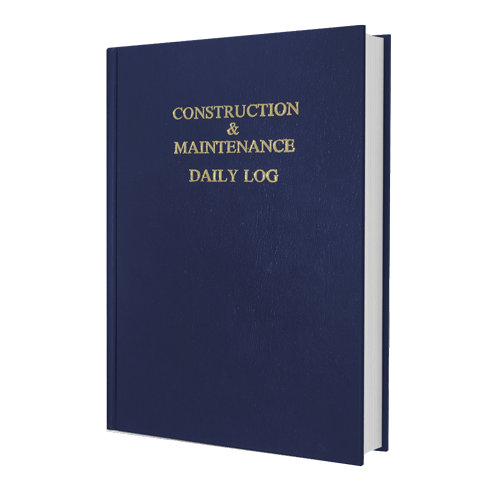Nov. 15, 2018 Update:
After calling on Nov. 8 for a “complete structural evaluation” of San Francisco's 1.2-million-sq-ft SalesForce Transit Center, following the discovery on Sept. 25 of significant, mid-span cracks in the bottom flanges of twin parallel girders spanning 80 ft over Fremont Street, the Transbay Joint Powers Authority now says the problems with girders are localized.
The conclusion was released in a TJPA statement Nov. 13, with no further details, but came prior to a Nov. 14 meeting in New York City of representatives of the designers and builders of the girders, as well as peer reviewers, who assembled there to evaluate the situation. They met at the offices and laboratory of LPI Inc., where the cracked sections had been sent for metallurgical tests.
TJPA has not released a timetable for the repair of the girders or the reopening of the transit center, which opened in early August before the emergency closure less than two months later.
Nov. 13:
The Transbay Joint Powers Authority board of directors has called for a complete structural evaluation of San Francisco's 1.2-million-sq-ft transit center, closed because of fissures found in two girders that span 80 ft across Fremont Street.
On Nov. 14, investigators seeking the cause of two fissures in steel girders at San Francisco's Salesforce Transit Center are gathering at a materials laboratory in New York City to scrutinize the metallurgical test results of cut-out sections of the troubled girders' bottom flanges.
Results of the tests at LPI Inc., formerly known as Lucius Pitkin, are expected to be made public later this month.
In total, there are 25 experts investigating the cracks, in addition to five structural engineers who are either members of the structure's original peer review panel or a second panel assembled after the problems surfaced at the end of September.
"We must assure a thorough and independent review," said Mark Zabaneh, executive director of the owner, the Transbay Joint Powers Authority, at a Nov. 8 TJPA board meeting.
TJPA opened the hub in early August and closed it on Sept. 25 after a ceiling installer noticed a deep fissure in the bottom flange of one of the twin parallel girders that span 80 ft over Fremont Street. The level-three girders support a 5.4-acre rooftop park directly above and a second-level bus deck below, via a hanger. The park also is closed.
Shoring
Five levels of shoring, in place since last month, have relieved 70% of the load on the girders. Seismic drift was built into the shoring system to assure redundancy, said Dennis Turchon, TJPA's senior construction manager, at the meeting.
Once the group comes to a consensus on the cause of the cracks in the welded bottom flanges, engineers will design a permanent fix that will also be peer reviewed. TJPA expects the repair work to begin next month and spill into next year, said Turchon.
At the meeting, the TJPA board called for a complete structural evaluation of the 1.2-million-sq-ft transit center, to assure everyone, including bus drivers, the 14,000 daily riders and the public, that the 4.5-block-long building, which has two levels below grade, three above and spans two city streets, is sound.
"Was the engineering done right?" asked one TJPA director at the meeting. "We need assurance."
Another director added, "Given we found this by chance, it begs the question, 'What other things might be there? We need an independent review of the whole facility to restore credibility of the whole structure."
Ron Alameida, TJPA's director of design and construction, replied, "We do have to review the entire facility. We have to create a framework for the review."
Bottom-Flange Cracks
Bottom-flange cracks were found near the 8-ft-deep midspan of each shop-welded girder. The more serious fracture is 4 in. deep and runs 2.5 ft through the entire 2.5-ft-wide flange, made of 4-in.-thick plate.
No cracks were found in a similar system of twin girders that span First Street. However, crews installed three levels of shoring under the First Street girders, as a precaution. LPI also is testing 4-in.-dia core samples taken from the First Street girders.
Crews removed the Fremont Street samples, called coupons, according to procedures agreed upon by all parties involved, using a wire saw supplied by Cutting Edge Machine & Repair, Bloomer, Wis. It was important not to induce heat, said Turchon. Each coupon weighed 600 lb.
In addition to members of the peer review panels, the group convening at LPI includes representatives of TJPA, structural engineer Thornton Tomasetti, contractor Webcor/Obayashi Joint Venture, steel fabricator Herrick Corp., and material supplier ArcelorMittal. All of the parties involved, including steel contractor Skanska USA Civil, decline to comment and refer all inquiries to TJPA.
The group will review the steel sample testing procedures, the test results and the failure analysis to determine a cause of the cracks. No repair design will begin until a consensus is reached on the cause, said Turchon.
"We are not going into a findings phase until everyone agrees on the testing," he added. The group even may order more tests, Turchon said.
Testing
Fremont Street girder testing includes: scanning electronic microscopy; Charpy V toughness tests; Rockwell hardness tests; tensile tests; fractographic analysis; and metallographic analysis. There also is stereographic evaluation of the fracture surfaces noting the nodes of fracture and original and relevant defects, if any. Additionally, there is ongoing macrostructure and microstructure examination, according to TJPA.
TJPA expects all costs related to the girder problems to be covered by the building's warranty, said Alameida.
TJPA also is trying to establish a prioritized timetable for the more sweeping review of the structure. "We will not reopen the facility unless we are 100% sure it is sound," said Zabaneh.








